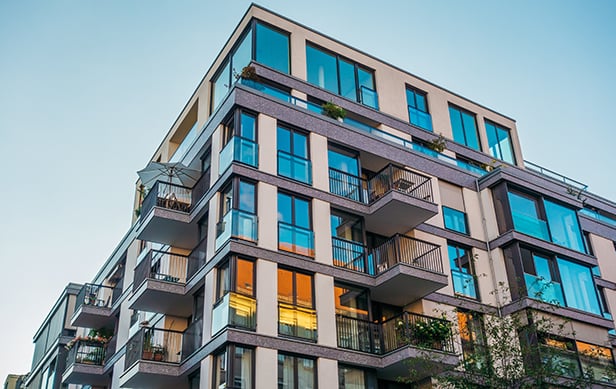Part 2 of 2
SAN DIEGO—In part one of this exclusive two-part Q&A on the local brewery industry and its effects on commercial real estate, and in part two, we chatted with Dave Howard, president of Lee & Associates in North San Diego County on what breweries are looking for, and the most significant factors you see influencing craft breweries in the real estate market over the next five years.
GlobeSt.com: As a CRE broker with experience in the industry, what are breweries looking for in terms of location and building features?
Howard: Well that means many different things to different breweries. Many, including most start-ups, are interested in industrial areas that create an edgy/cool environment where rents are more affordable than being located in a traditional retail environment. They can brew their products onsite and have a small tasting area for walk-in customers. As they grow and become larger entities, the building footprint and environment will change so that producing the beer and distributing it out to the customers may be in one building and another location will be for a beer and food component. Monique Medley, who is one of our beer experts, always outlines specific factors that need to be in place while working with a brewery. For example, the facility must have access to natural gas, clear height of the building, water access, drains and sinks. And these are just some of the factors that go into play when selecting the right location for craft brewers. For breweries that are looking for the retail component, location is paramount and must be in an area where restaurants and foot traffic are nearby. For example, one of our clients, Belching Beaver Brewery, just purchased a former bank building in the City of Vista and will turn it into a brewpub. Stephen Crockett, who is our other beer specialist, worked with them in incorporating the existing bank vault, which will host “The Vault Series,” a table area with a menu consisting of “Exclusive Spirits”
GlobeSt.com: What are the most significant factors you see influencing craft breweries in the real estate market over the next five years?
Howard: On the plus side, tasting rooms are an asset and can help spur economic growth.
For this reason, most cities are now seeking out these uses and developing incentives to draw craft breweries into the vital fold of their city. In addition, as the larger, more established brewers continue to grow, we are seeing expansion and the addition of craft beer tasting rooms, brew pubs, and most recently satellite tasting rooms. Whereas the region's first breweries were established mostly within suburban and rural industrial areas, expanding breweries are drawing closer to San Diego's urban core. Although North SD County dominates with the number of actual craft beer locations, we are seeing a growing number of craft brewers locating in mid-county and the greater North Park area and Little Italy.
The challenges will become water and sewer issues and managing those related regulations and costs. But, like any vibrant industry, with increased competition the best, brightest and tastiest craft breweries will continue to excel and succeed. However, we can expect to see some fall-out of those craft breweries who do not consistently brew a quality product and do not maintain a collaborative attitude which has been a strong foundation to San Diego's Craft Brew phenomenon.
© Touchpoint Markets, All Rights Reserved. Request academic re-use from www.copyright.com. All other uses, submit a request to [email protected]. For more inforrmation visit Asset & Logo Licensing.







